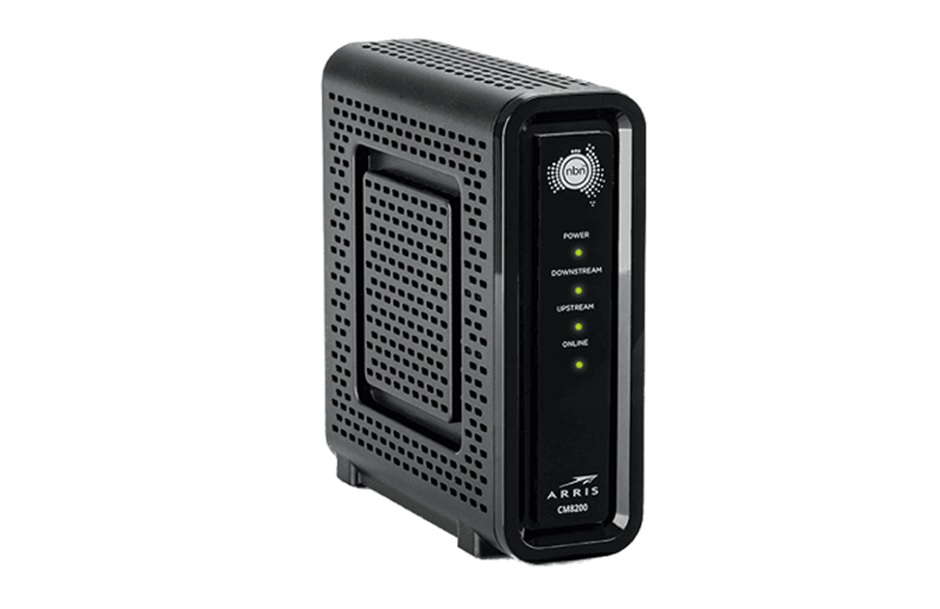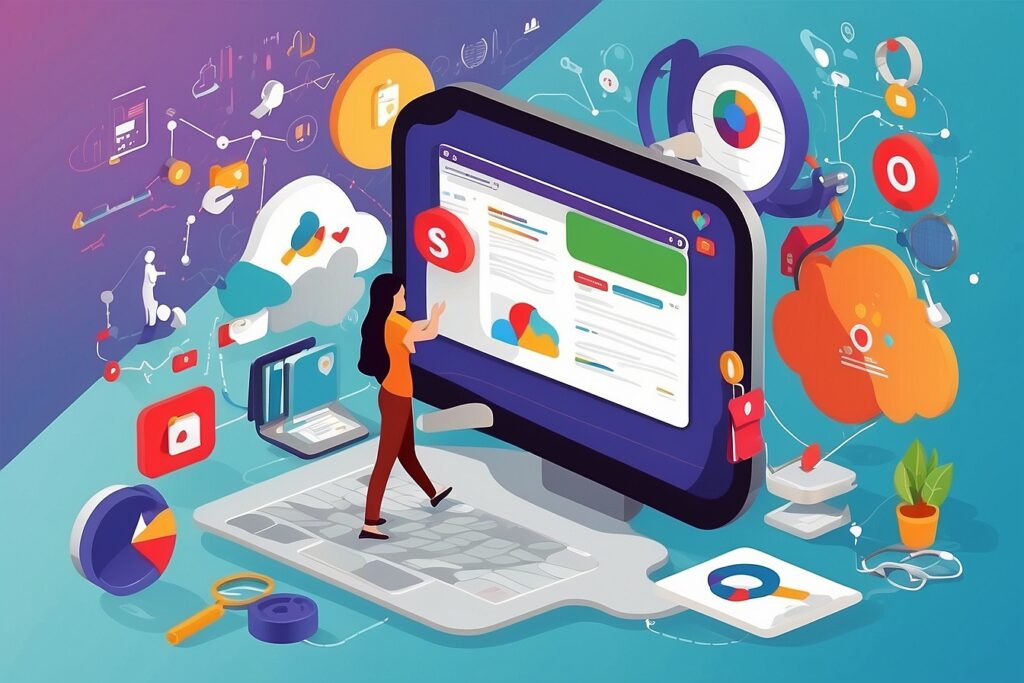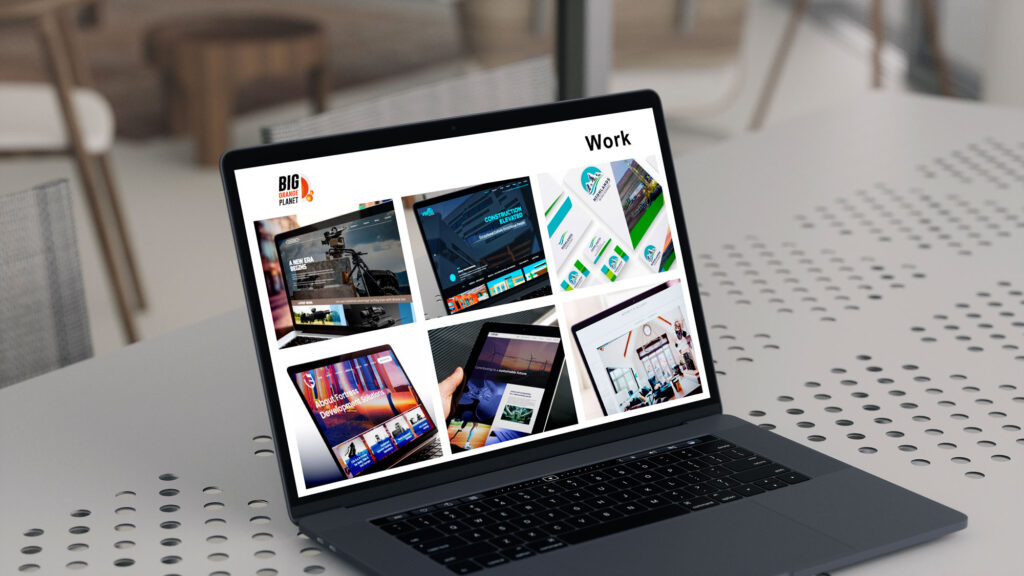
In today’s digital healthcare environment, data is king—but only if it’s structured, standardized, and easily shared. Interoperability is the key to effective care coordination, population health management, and clinical decision-making. One of the most powerful tools enabling this transformation is the FHIR Terminology Server for Healthcare. Built on the HL7 Fast Healthcare Interoperability Resources (FHIR) standard, these servers streamline how healthcare systems manage, access, and share clinical terminologies.
Whether you’re a healthcare IT leader, system architect, or clinical data analyst, understanding FHIR Terminology Servers is essential for building modern, interoperable health IT systems. Let’s explore what they are, how they work, and why they matter.
What Is a FHIR Terminology Server?
A FHIR Terminology Server is a specialized implementation of the FHIR standard designed to store, manage, and provide access to clinical vocabularies and code systems. These include widely used standards like:
- SNOMED CT
- LOINC (Logical Observation Identifiers Names and Codes)
- ICD-10 (International Classification of Diseases)
- RxNorm
- UCUM (Unified Code for Units of Measure)
- Custom code systems for local or proprietary use
The terminology server provides APIs to validate, translate, expand, or map codes between these systems. For example, it can translate a LOINC lab code into a human-readable name or map it to a SNOMED CT concept.
Why Are FHIR Terminology Servers Important?
1. Enabling Interoperability
Healthcare systems often use different coding systems or versions of the same vocabulary. FHIR Terminology Servers provide a centralized service that ensures semantic consistency—critical for interoperability between EHRs, labs, pharmacies, registries, and analytics platforms.
2. Clinical Decision Support (CDS)
Terminology servers power CDS tools by standardizing data inputs and ensuring accurate interpretations of clinical codes. For example, a CDS rule can query a FHIR Terminology Server to check if a diagnosis belongs to a certain SNOMED CT value set.
3. Data Quality and Validation
Incorrect or outdated codes compromise data quality. FHIR Terminology Servers help validate codes in real time, reducing errors in clinical documentation, billing, and reporting.
4. Value Set Management
Terminology servers manage value sets, which are curated subsets of codes used for specific clinical use cases—like “all diabetes-related diagnoses” or “reportable lab results.” They support efficient reuse and governance of clinical knowledge.
Key Features of a FHIR Terminology Server
FHIR Terminology Servers implement several standard operations defined by HL7 FHIR:
1. $validate-code
Checks whether a code is valid within a specific code system or value set.
Example: Is code “44054006” valid in SNOMED CT?
2. $expand
Returns all codes in a value set, including filters and hierarchical expansions.
Example: Get all child concepts of “Diabetes Mellitus” from SNOMED CT.
3. $translate
Maps a code from one system to another using a defined ConceptMap.
Example: Map an ICD-10 code to an equivalent SNOMED CT concept.
4. $lookup
Returns information about a specific code, such as its display name or relationships.
5. $subsumes
Determines whether one code is a broader (or narrower) term compared to another.
These capabilities support real-time terminology services that are essential for app development, data exchange, and clinical analytics.
Real-World Use Cases
1. Electronic Health Records (EHRs)
Modern EHR systems use terminology servers to validate and translate codes during order entry, problem list documentation, and lab result reporting.
2. Population Health
Public health reporting tools use value sets and code mappings from terminology servers to extract meaningful insights from large datasets.
3. FHIR App Ecosystems
SMART on FHIR apps depend on terminology services to interpret coded data from various FHIR resources like Condition, Observation, and Medication.
4. Clinical Research and Registries
Researchers use terminology servers to normalize data across studies, improving cohort identification and outcome tracking.
Deployment Options
FHIR Terminology Servers can be:
- Cloud-hosted (SaaS) by vendors like Ontoserver, Smile CDR, or Microsoft Azure for FHIR
- Open-source implementations like HAPI FHIR, FHIRWorks, and Ontoserver
- Custom-built in large health systems or national infrastructure
Choosing the right deployment model depends on your scale, budget, compliance needs, and integration complexity.
Integration with Other Systems
FHIR Terminology Servers are often integrated with:
- Master Patient Index (MPI) for patient-centric data linking
- FHIR Repositories to support code validation at data entry
- CDS engines for logic execution
- Terminology governance tools for value set versioning and access control
They can be accessed via RESTful FHIR APIs, making them ideal for microservices-based architectures.
Challenges and Considerations
While the benefits are clear, implementing a terminology server comes with challenges:
1. Licensing
Some terminologies like SNOMED CT require licensing. Organizations must manage access rights and compliance.
2. Performance
Expanding large value sets or translating across complex maps can be resource-intensive. Caching and indexing strategies are critical for scalability.
3. Version Control
Maintaining multiple versions of code systems and value sets (e.g., 2021 vs. 2023 SNOMED CT) can complicate queries and analytics.
4. Governance
Standardized value sets require clinical oversight. Organizations need governance models to review and approve terminology changes.
Future of FHIR Terminology Servers
As healthcare moves toward greater data exchange and AI integration, FHIR Terminology Servers will continue to evolve. Future advancements may include:
- AI-powered concept mapping for free-text normalization
- Real-time integration with CDS in wearable and mobile devices
- Global terminology harmonization through international health data sharing
- SMART value set services that recommend relevant codes based on clinical context
FHIR R5 and upcoming releases will further enhance support for dynamic terminology services, enabling smarter, more interoperable healthcare applications.
Conclusion
FHIR Terminology Servers are the backbone of semantic interoperability in modern healthcare. They ensure that clinical codes are valid, consistent, and usable across systems, supporting everything from EHR data entry to population health analytics.
Whether you’re a developer building healthcare apps, a hospital integrating clinical systems, or a policymaker setting national standards, investing in a robust FHIR Terminology Server is essential for achieving the promise of digital health.
In a world where data saves lives, terminology servers ensure the data speaks the same language.


